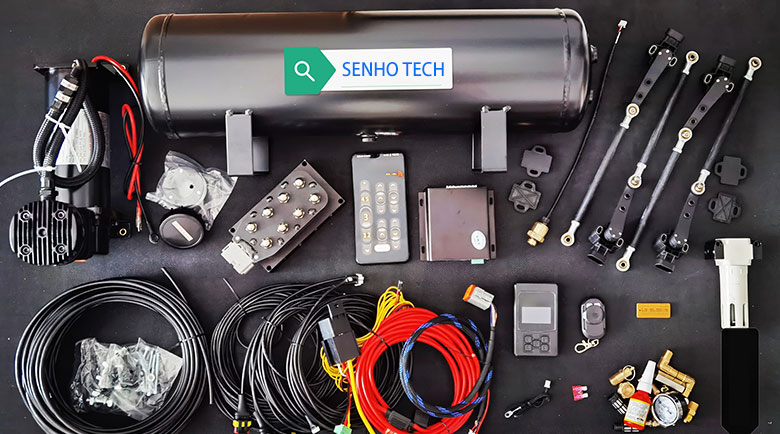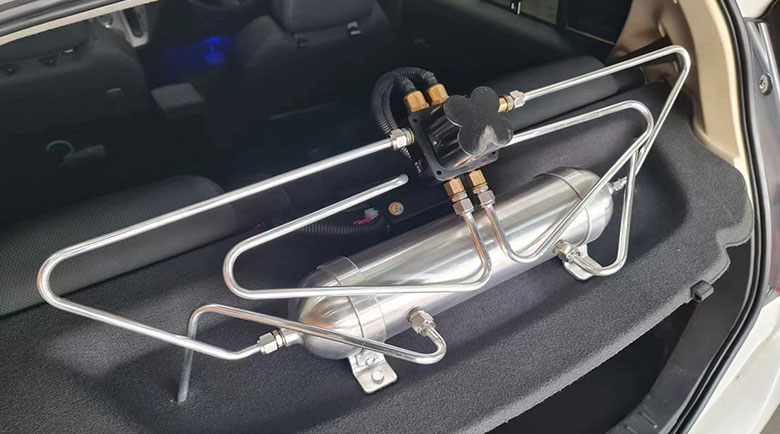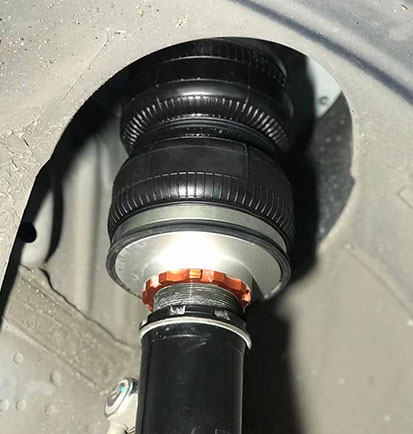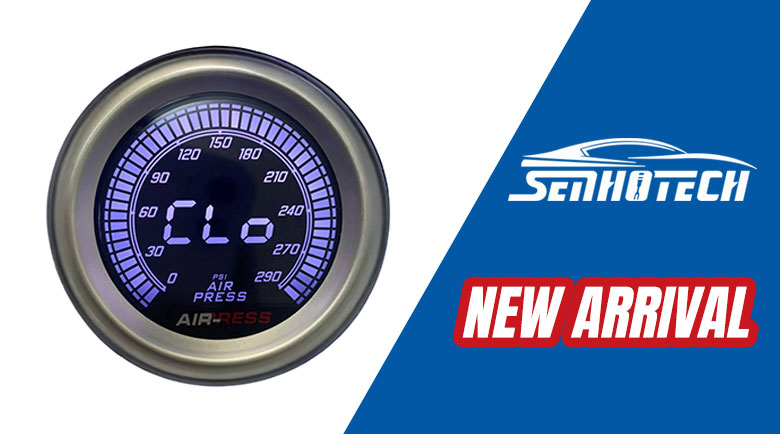
Here are four key advantages of air springs over coil springs:
2025-06-13
A warm and joyful annual gathering of SenhoTech and Sema — a special moment we look forward to every year.
2025-10-28I. Composition of Actuators and Brakes
The actuator consists of three parts: the driver, the output mechanism, and the control system. The driver includes electric motors, hydraulic motors, pneumatic engines, etc.; the output mechanism includes gearboxes, lead screws, synchronous belts, etc.; the control system includes sensors, detectors, and speed regulators, etc.
The brake is mainly composed of a friction disc, elastic elements, pressure elements, and a brake drum. Among them, the friction disc is connected to the pressure elements through the elastic elements, enabling the friction disc to achieve a certain friction force, thereby restricting the mechanical movement.

II. Working Principles of Actuators and Brakes
The working principle of an actuator is to convert input kinetic energy into output kinetic energy, thereby driving the operation of mechanical equipment. Actuators have a wide range of applications in various working scenarios.
The working principle of the brake is to utilize the effect of components such as the brake drum that come into contact with the friction disc. The brake drum is braked during mechanical movement, thereby achieving the purpose of limiting the movement of the mechanical equipment. In mechanical equipment, brakes are mainly used when frequent starting and stopping, deceleration, or temporary movement restriction is required.

III. Application Scenarios of Actuators and Brakes
Actuators are widely used in various fields such as industrial production, aerospace, and machine tool processing. They are employed to drive various types of mechanical equipment. In the automotive industry, the automotive engine is a typical scenario where actuators are applied.

The brakes are mainly used in mechanical equipment where frequent braking or emergency braking is required. For instance, elevators and automobiles.

In conclusion, actuators and brakes have significant differences in application scenarios, working principles, and component structures. In practical applications, it is necessary to select the appropriate components based on specific scenarios and requirements.



